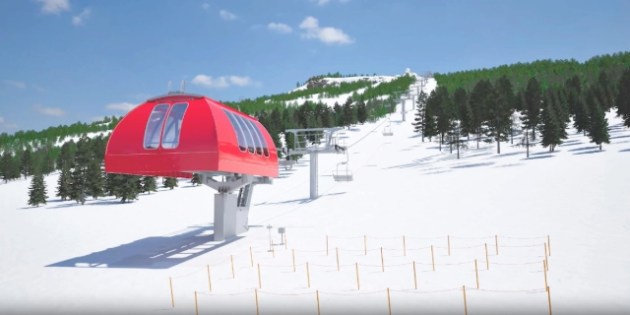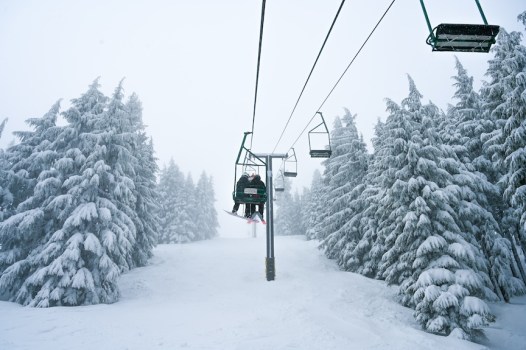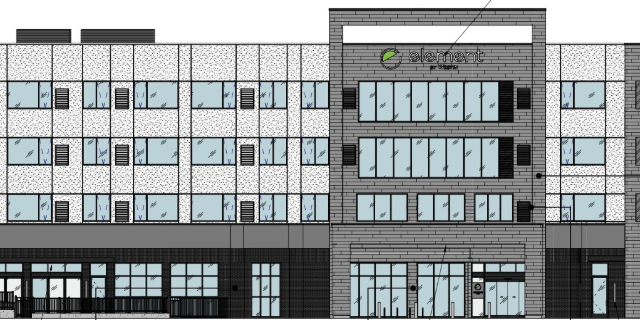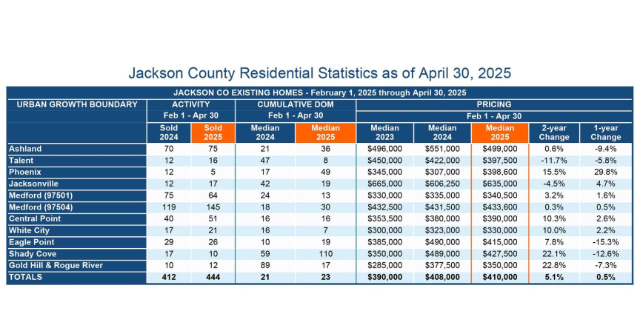In with the new: Mt. Ashland plans to replace its two oldest chairlifts — Ariel and Windsor
Published 2:35 pm Wednesday, May 14, 2025
Work to begin in spring 2026 on new three-seaters; funds will be raised for combined project totaling $8 million
Mt. Ashland Ski Area’s two oldest chairlifts, which serve over half of the nonprofit resort’s terrain and have a combined age of 107 years, will be replaced with new units that will increase the ability to move skiers and riders uphill.
Current timelines call for work on both lifts to commence in spring 2026 with completion targeted for the 2026-27 season. The current two-seat chairs would be replaced by three-seaters on fixed-grip lifts that will be more energy efficient and resilient to wind and weather.
Fundraising will be conducted to finance the projects. Replacement of the Ariel lift is estimated to cost $4.42 million, while the Windsor lift is projected to run $3.57 million. Savings would be realized if both lifts are constructed simultaneously.
“This is an exciting and transformative moment for Mt. Ashland,” said Andrew Gast, general manager of the nonprofit ski area, in a prepared statement. “Ariel and Windsor have served generations of skiers and riders, and while it’s bittersweet to retire these beloved lifts, the new chairlifts will allow us to better serve our community with improved safety, comfort and reliability.”
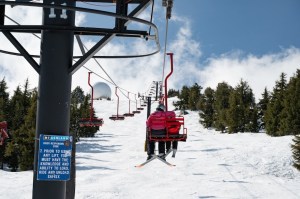
Riders head up to the Mount Ashland summit on the Ariel chairlift during this past season. (Mt. Ashland photo)
Both chairlift upgrades are confined to existing, previously disturbed lift corridors. No new terrain is being developed. Conservation measures will be followed to protect nearby habitats, soil and flowering resources, and to mitigate ecological impacts. Tree removal is targeted for lift safety. The U.S Forest Service, which issues a permit for the area’s operation, will have a comment period to identify environmental issues.
“It would be an improvement for the mountain. It looks pretty good,” said Vanston Shaw, a passholder who skied the area 87 days this season.
“As a frequent user, I think having a triple (at Ariel) will be a positive thing, particularly if they don’t have to close the top due to the wind. Doing a triple at Windsor makes a lot of sense to me, if they can increase the uphill capacity.” On days Ariel is closed, long lines often appear at Windsor.
Skytrack from Utah has been working with Mt. Ashland to design and construct the lifts, Gast wrote in an email responding to questions. He is attending the National Ski Area Association conference.
The firm designed and built the new Lithia lift that became operational in the 2024-25 season. It is the first new lift at Mt. Ashland since the 1980s.
“The new lifts will be the same model as Litha. The only difference will be that both new chairlifts will be “bottom drive” lifts (motor at the bottom), while Lithia is a “top drive,” Gast wrote. “Although top drive chairlifts are more efficient, these will be bottom drive due to the availability of electrical power.”
Sky Trac has informed Mt. Ashland that the costs will likely increase due to 25% tariffs imposed on imported steel that were initiated after the estimates were prepared. Details on the fundraising effort will be available this summer.
“These projects qualify for a Categorical Exclusion, which includes a period of public and tribal comment (by the Forest Service), as well as field scoping including archaeological, botanical, wildlife, geological, and hydrological reviews,” Gast wrote.
The link to make comments is fs.usda.gov/r06/rogue-siskiyou/projects, but the project had not been posted as of Tuesday.
The Ariel lift has been in operation since the area first opened in 1964 and is known as “Big Red” for its chair color. Windsor lift was installed in 1978, when it replaced a surface lift known as “The Big T.” Ariel will retain the red on its lift drive housing, while Windsor’s housing will continue with the current forest green.
Almost all elements of the current chair lifts will be removed. Extensive care and maintenance have kept the two lifts running, but increasing upkeep costs, difficulty sourcing parts and the efficiency of more modern equipment are factors in the upgrade.
The most noticeable change for the new arrangement will move the top terminus of Ariel 200 feet further down the slope from the current bull wheel for a slightly shorter ride. The current ski patrol shack will remain, as will the bull wheel towers to serve as a windbreak.
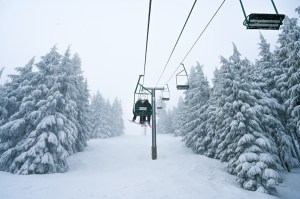
Riders head up the Windsor chairlift at Mt. Ashland Ski Area to midmountain during this past season. (Mt. Ashland photo)
A metal surround building will be constructed around the top terminal in summer 2027 to provide protection from the elements. Skiers will leave the lift inside the building as they do at Mt. Bachelor’s Summit lift and one at Alpine Meadows in Lake Tahoe. Access to The Bowl will not be changed by the new setup, said Gast.
Tree removal to widen corridors will occur along both lift lines and be in line with current practices. In November 2024, a falling tree struck a tower on the Ariel lift, preventing its operation until Christmastime.
A 51-second video on Mt. Ashland’s website gives viewers a ride up the new Ariel lift, then down the new Windsor lift. It can be found at mtashland.com/2026-capital-projects-chairlift-replacements where there is more information on the chairlift replacements and the details around the removal.
Mt. Ashland hosted approximately 114,759 skiers and riders in the 2024-25 season. The area no longer reports on exact attendance, but Gast said there was a 19.6% increase in users compared to the previous year. It was the second-busiest season after the 2022-23 season, which saw 128,626 users. Mt. Ashland operated 90 days last season.
Reach Ashland freelance writer Tony Boom at tboomwriter@gmail.com


